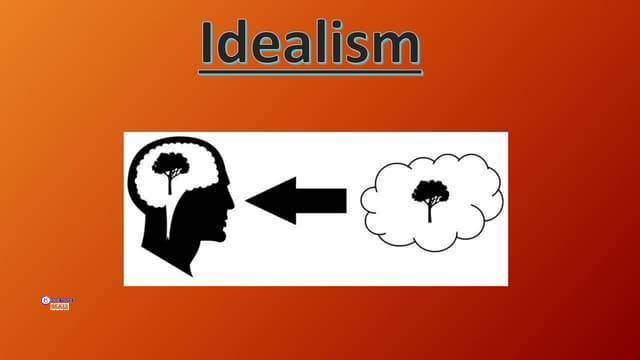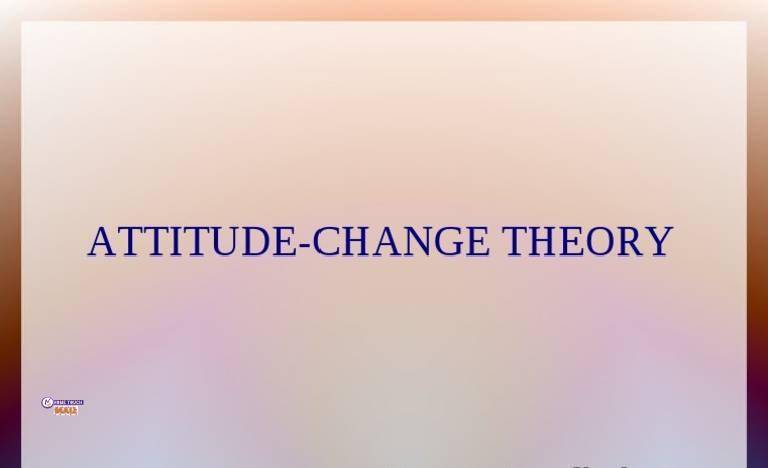Thank you for reading this post, don't forget to subscribe!

Attitudinal change is an essential goal in educational settings, particularly in disciplines such as social studies, where understanding and engaging with diverse perspectives are critical.
To assess and evaluate attitudinal change effectively, educators must employ a variety of methods and techniques. This article discusses assessment methods for attitudinal change, the importance of formative and summative assessment strategies, and approaches to evaluating the effectiveness of instructional design strategies.
Assessing attitudinal change requires a multi-faceted approach that captures shifts in beliefs, feelings, and behaviors. Here are some effective methods and techniques:
Surveys and Questionnaires:
– Likert Scales: Use Likert scales to measure the strength of respondents’ attitudes toward specific statements. This scaled approach allows for quantifiable comparisons before and after instructional interventions.
– Pre- and Post-Assessments: Administer surveys before and after a lesson or unit to gauge changes in attitudes over time.
Interviews and Focus Groups: Conduct structured or semi-structured interviews to gather in-depth insights into student attitudes. Focus groups can facilitate discussions among students, revealing the nuances of their beliefs and perceptions.
Observations:
– Directly observe student interactions during group activities, discussions, or simulations. Look for evidence of attitudinal change through behaviors such as engagement, participation, and respect for diverse perspectives.
Reflection Journals:
– Encourage students to maintain reflective journals where they articulate their thoughts, feelings, and changes in attitudes throughout the learning process. These documents provide qualitative data on attitudinal shifts.
Formative Assessment Strategies:
Formative assessments are ongoing evaluations conducted throughout the instructional process. They help educators monitor students’ understanding and attitudes, allowing for timely adjustments to teaching strategies.
– Classroom Discussions: Facilitate discussions that explore students’ attitudes about topics at various stages. Use guided questions to prompt reflection on their experiences and how their views may have changed.
– Feedback Mechanisms: Implement frequent feedback loops where students reflect on their attitudes and responses to materials or activities, helping educators assess progress.
– Quizzes and Polls: Use quick quizzes or anonymous polls to gauge students’ attitudes after specific lessons or units. This method can provide immediate insight into their understanding and feelings about the material.
Summative Assessment Strategies:
Summative assessments occur at the end of an instructional period and measure overall effectiveness.
– Final Surveys: Administer a comprehensive survey at the end of a unit to assess changes in attitudes. Compare results with pre-assessments to determine overall shifts.
– Essays and Projects: Assign reflective essays or projects that require students to articulate their understanding of a topic, personal experiences, and the evolution of their attitudes. Assess the depth and insight of their reflections.
– Capstone Projects: Implement larger, integrative projects that allow students to demonstrate their understanding of concepts and how their attitudes have changed.
Assessing the effectiveness of instructional design strategies is vital for ensuring that educational practices lead to meaningful attitudinal change. This evaluation can involve several approaches:
Data Analysis:
– Quantitative Analysis: Utilize statistical methods to analyze pre- and post-assessment data, determining whether attitudinal changes are significant and aligning with learning objectives.
– Qualitative Analysis: Analyze reflective journals, interviews, and focus group discussions for themes and patterns that indicate shifts in attitudes. Look for evidence of critical thinking and engagement with different perspectives.
Action Research:
– Conduct action research by systematically implementing instructional strategies, collecting data, and reflecting on outcomes. Adjust teaching practices based on findings to improve effectiveness.
Peer Review and Feedback:
– Seek feedback from colleagues or experts in the field about the instructional design strategies employed. Peer reviews can provide insights into the strengths and weaknesses of your approach.
Longitudinal Studies:
– Consider conducting longitudinal studies that track attitudinal changes over time, assessing the sustainability of changes and the long-term impact of instructional strategies.
Assessing and evaluating attitudinal change is a multifaceted process that requires various methods, techniques, and approaches.
By employing both formative and summative assessment strategies, educators can gain valuable insights into their students’ attitudes and the effectiveness of their teaching practices.
Through continuous improvement and reflective practices, educators can enhance instructional design strategies to foster meaningful attitudinal shifts in students, ultimately contributing to their growth as informed, engaged citizens.














Stay up to date







Stay up to date